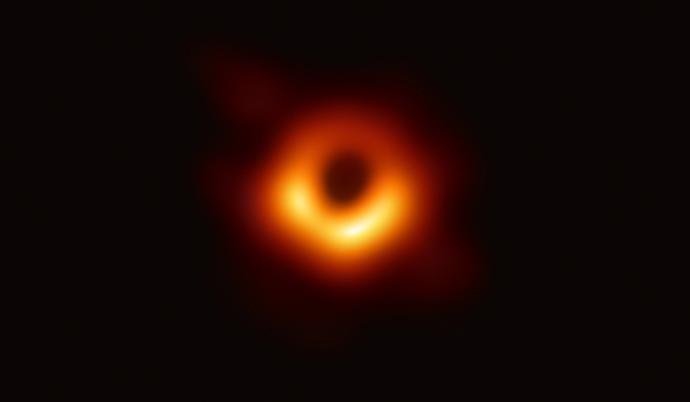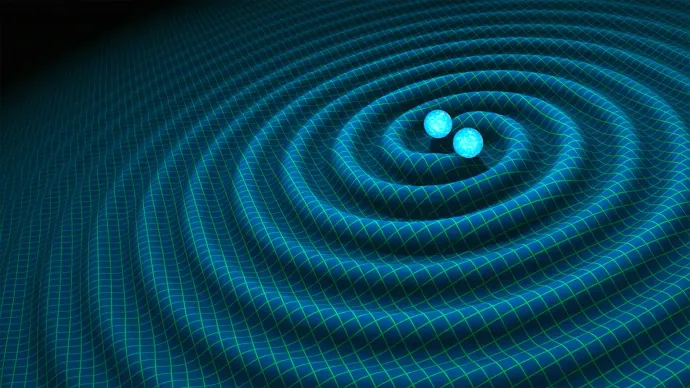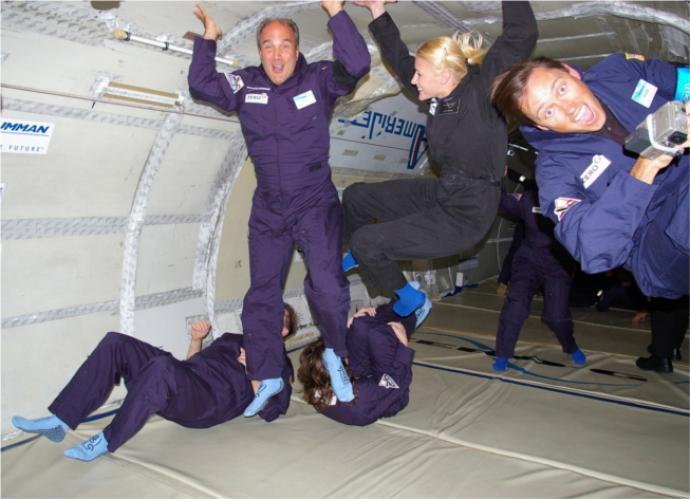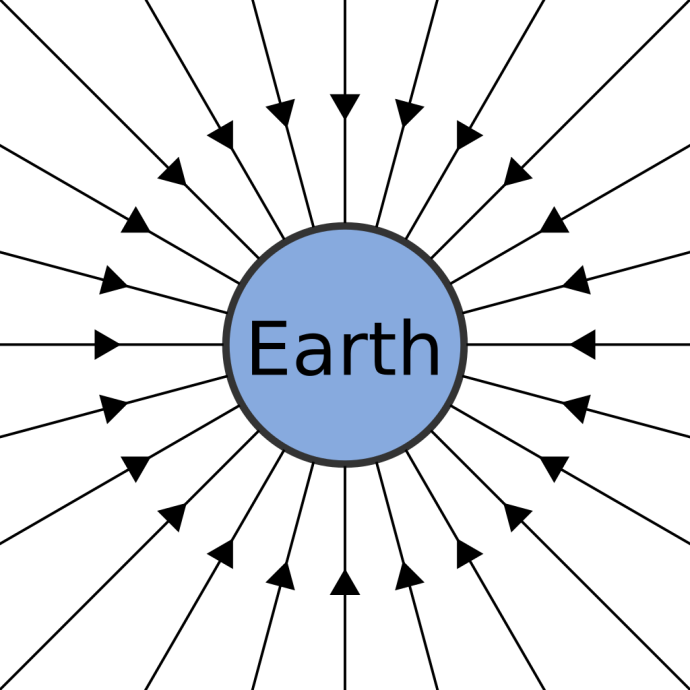Star Formation
Stars form in huge clouds of gas and dust called nebulae. These areas of space are sometimes known as 'stellar nurseries' or 'star forming regions'.

Blackholes
Black holes are very strange objects. They are made during supernova explosions. These take place when very massive stars come to the end of their lives.

Gravitational Lensing
Space is not flat. It is 3D, and we say that everything in it is held together on an imaginary surface we call spacetime. The idea of spacetime was put forward in Einstein's theory of relativity.

Gravitational Waves
Gravitational waves are tiny, invisible ripples in space. They travel for huge distances at the speed of light. The waves squeeze and stretch any objects they pass, but only by a tiny amount.

Relativity
Gravity is the force we are most familiar with in everyday life. It has been studied for longer than the other forces of nature. However, it is also the least well understood.

Gravity
Gravity is the name of the force that pulls objects together. It is a non-contact force. This means it acts on objects that are not touching each other.


Arthur Eddington
Occupation
Astronomer, Physicist, Mathematician
Year Born
1882
Research Areas
Nuclear fusion processes inside stars, General Relativity

How Do Satellites Stay In Orbit?
A satellite is an object which orbits another. An orbit is the curved path that an object in space takes around another object.
